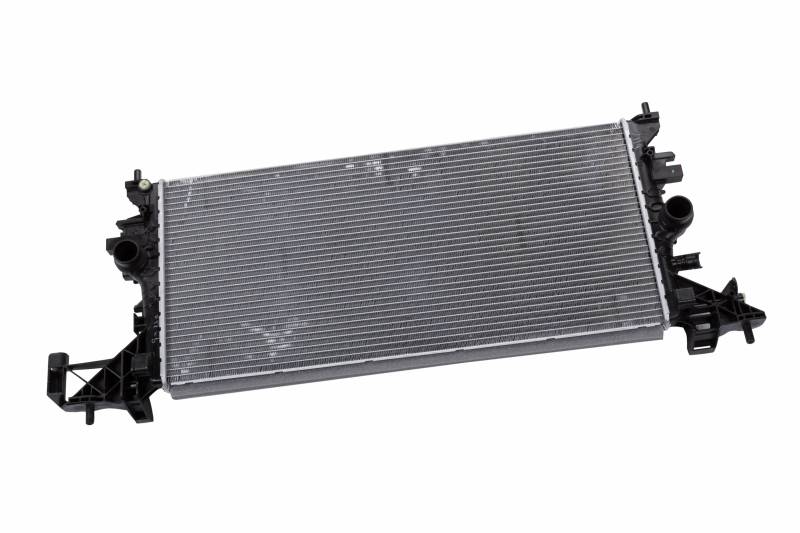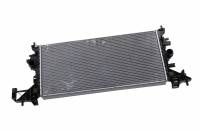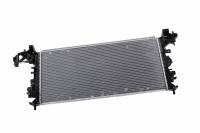Maintenance & Troubleshooting
Signs of Wear & Troubleshooting
- Signs of wear for a radiator include but are not limited to:
- Vehicle overheating: This is often a sign of a problem with your cooling system, but could be caused by various parts of your vehicles cooling system. It may be because of low or empty coolant level, broken/malfunctioning cooling fans, leaks from broken hoses, or a broken/damaged radiator.
- Rust Accumulation: Radiators are constantly exposed to moisture, meaning they can be prone to corrosion. If you check your coolant and it has a brownish tint then you may have excessive corrosion. It is best to have you radiator inspected and flushed to clean out the rust. Using high quality coolant helps prevent corrosion, refer to your owner's manual for proper coolant type.
- Radiator Leaks: For various reasons, radiators can develop leaks. Radiators can become damaged in an accident. The end tanks can crack or split and it is important to inspect your radiator for damage often. Damaged radiators should be replaced to help ensure that your vehicle doesn't leak coolant and cause overheat or performance issue.
Good Maintenance Practices
- Maintain proper coolant levels and check levels regularly. Also make sure to check coolants concentration because the water ratio can affect the freezing or boiling point. (Note: Never attempt to remove a surge or radiator cap while the engine is hot. Serious injury could result.)
- Replace coolant with a mixture of antifreeze and water according to the owner's manual recommendations.
- Evaluate radiator and radiator cap for leaks, corrosion, or worn cap gasket. Make sure to pressure test the cap.
- Have cooling system inspected immediately if instrument panel-mounted temperature gauge indicates engine overheating.
- Periodically, remove bugs, leaves, and other debris from the front of the radiator. They can block airflow and substantially reduce cooling efficiency.



Write the First Review!